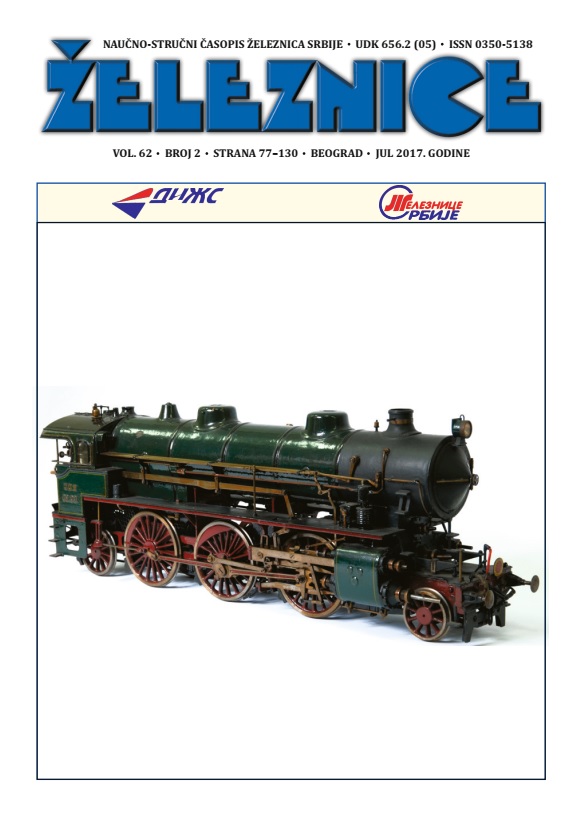DEA MODEL FOR EVALUATION OF EFFICIENCY AND EFFECTIVENESS OF PASSENGER RAIL OPERATORS
Keywords:
Railway undertaking, efficiency and effectiveness, method, DEA, modelAbstract
The main objective of the European policy of rail transport is the development of a single railway area. The opening of railway sector to market competition impose that railway undertakings behave like any other modern enterprises in other markets and in other industries. It means, they must constantly develop and maintain competitive advantages, and be better than others. In today's very intense competition conditions this is the most difficult to achieve. The railway undertakings are challenged to find optimal solutions to operate efficiently and effectively, in order not only to survive on the transport market, but also to develop and maintain a competitive advantage. A wide range of criteria can be studied when it comes to the efficiency of railway undertakers. In most cases there are several criteria that are often conflicting mutually. The purpose of this study is to define and evaluate the criteria that influence the efficiency of railway undertakings and increasing of their competitive ability and to propose a model for the evaluation of the effectiveness and efficiency of railway undertakings in order to increase the competitive capability. In order to solve the problem of indicators selection, it was experimented with one of the most used methods for making decisions today - Fuzzy Analytic Hierarchy Process (FAHP). This paper proposes a model for the evaluation of the effectiveness and efficiency of railway undertakings for passenger transport, based on Data Envelopment Analysis (DEA), which allows comparing efficiency accross comparable units, in this case the group of undertakings with a large number of input and output variables, which can help to a large extent to increase the competitive ability of railway undertakings in the single railway market. The proposed model has been tested on real examples of selected railway undertakers in Europe.


